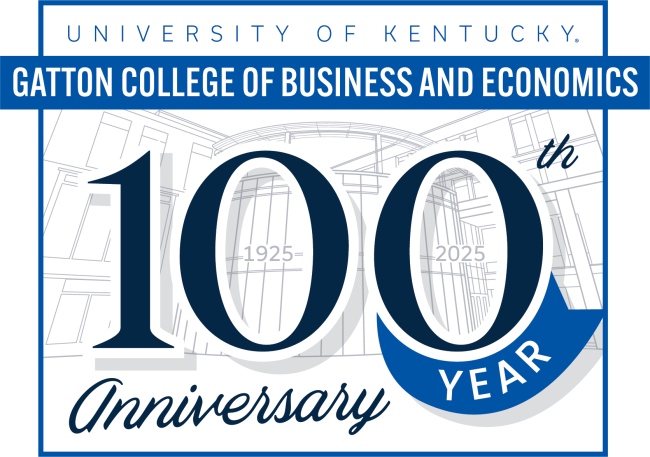
Fall 2025 Monday Bootcamp 1.0 Li-ON Battery Recycling
Project Owner: Charlie Ma
Email:
- (Leader) charlie.ma247@gmail.com
- (Member) mishabadrinath1@gmail.com
Lithium-ion batteries power many aspects of modern life, from smartphones and laptops to electric vehicles and power tools. However, despite their widespread use, the way we dispose of them remains dangerously flawed. Millions of used lithium-ion batteries are tossed into household waste each year, eventually making their way into landfills where they leak toxic chemicals, spark fires, and contribute to long-term environmental damage. To address this growing problem, we developed a system called Li-ON, which uses a combination of artificial intelligence (AI) and hyperspectral optical imaging to detect and sort lithium-ion batteries before they reach landfills. This innovation is a vital step toward sustainable waste management and environmental protection.
The issue begins with how difficult it is to identify and separate lithium-ion batteries from everyday trash. They’re often hidden inside electronics or discarded loosely, making them nearly impossible to spot with traditional sorting methods. Once in landfills, these batteries can release harmful materials such as lithium, cobalt, and nickel into the environment, contaminating soil and groundwater. Worse still, they are prone to catching fire under pressure or heat, posing severe risks to waste facility workers and nearby communities.
The Li-ON system offers a smarter, safer solution. Installed above a conveyor belt, this system uses hyperspectral optical imaging, a technology that scans materials using hundreds of wavelengths across the light spectrum, far beyond what the human eye can see. But what truly sets the Li-ON system apart is its integration of AI algorithms that interpret the hyperspectral data in real time. These AI models have been trained to recognize the unique chemical “signatures” of lithium-ion batteries, even when they’re hidden within other items or partially covered.
As waste moves along the conveyor belt, the hyperspectral optical imaging camera collects detailed data, which is instantly analyzed by the AI. When a potential lithium-ion battery is identified, a robotic arm or pneumatic system quickly removes it from the stream and redirects it for safe handling and recycling. This AI-powered detection dramatically improves both the speed and accuracy of the sorting process, reducing human error and making it possible to process thousands of items per hour.
Beyond improving efficiency, the Li-ON system has a profound environmental impact. By recovering batteries before they enter landfills, the system prevents toxic leaks and fires. Additionally, it allows for the recovery of valuable materials, like lithium, cobalt, and manganese, which can be reused instead of being mined. This not only conserves natural resources but also reduces the environmental and human toll of mining operations, many of which involve unsafe working conditions and ecological degradation.
In conclusion, the Li-ON system is a powerful example of how advanced technology, specifically the combination of AI and hyperspectral imaging, can be used to solve one of today’s most pressing environmental challenges. As battery usage continues to rise, especially with the growth of renewable energy and electric transportation, systems like Li-ON will play a crucial role in ensuring that we handle battery waste responsibly. By stopping pollution at the source and recovering critical materials, the Li-ON system helps pave the way toward a cleaner, more sustainable future.


